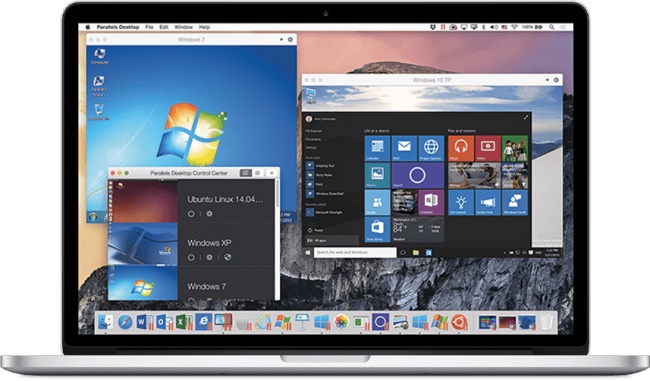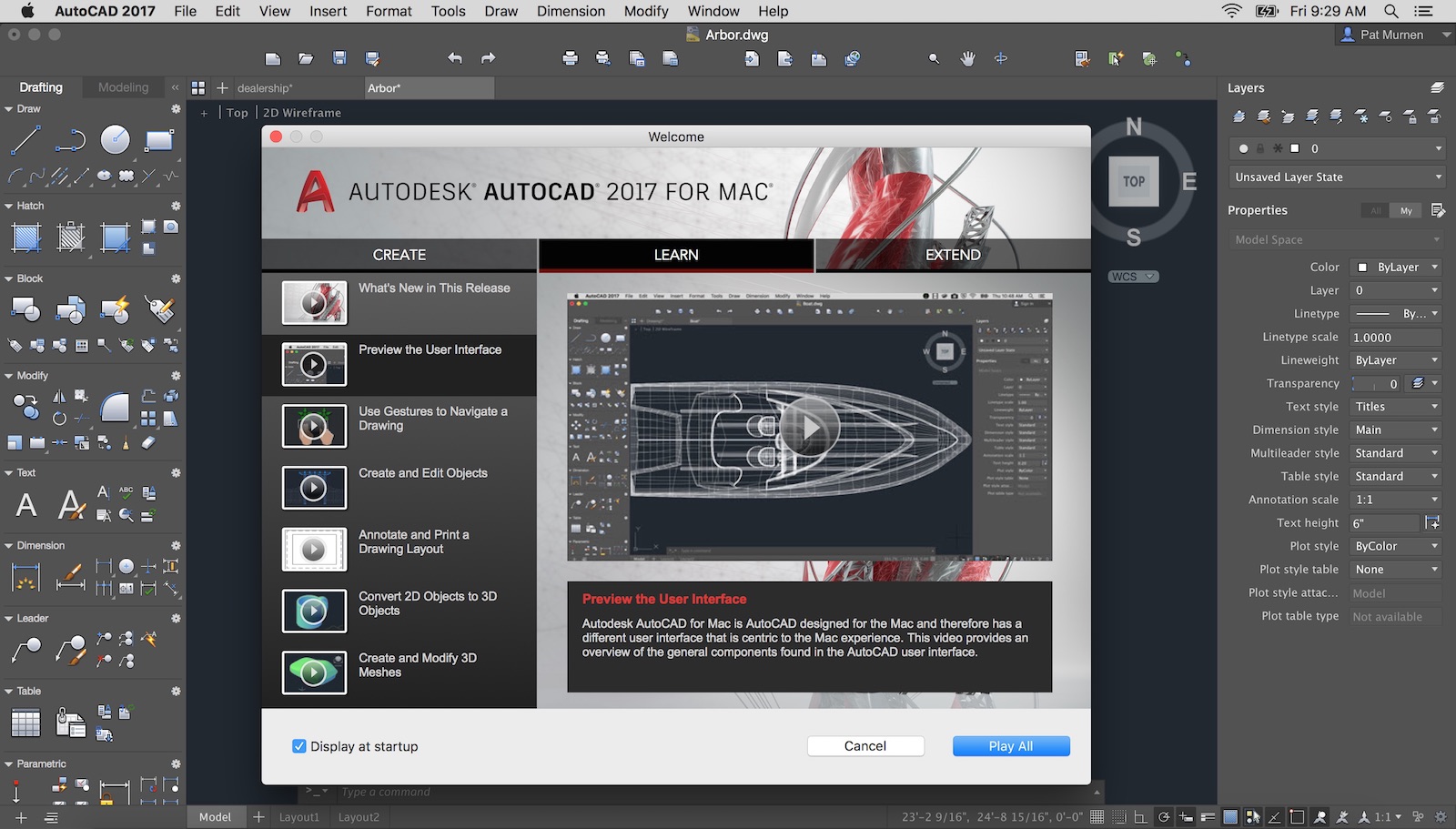
VMkernel runs directly on hosts and provides connection between VMs and the physical hardware. High performance of ESXi is ensured by VMkernel, which forms the basis of the virtualization process. VMware ESXi requires a minimum amount of hardware resources and enables a small footprint of 70 MB. Later, ESXi hypervisor was introduced to minimize the overhead imposed by VMware ESX.

The earlier version of VMware ESXi - VMware ESX – ran on a Linux kernel, which acted as the primary VM. VMware ESXi enables direct access to the physical machine’s computing resources, which are shared by the VMs running in the system. At the core of VMware vSphere lies VMware ESXi, which is a type-1, native hypervisor used to directly manage host servers and run multiple guest VMs. Essentially, vSphere is a suite of virtualization products, which, when combined, allow you to build a computing platform. VMware vSphere is a virtualization platform consisting of multiple components which need to be installed and set up. At the same time, the unenlightened child partition does not have the same components and simply emulates software. The main difference is that the enlightened child partition has Hyper-V integration components and a Virtualization Service Client (VSC), which lets you avoid device emulation and enable direct communication with the virtualization layer. Hyper-V can host two types of OSes in child partitions: enlightened and un-enlightened. The parent partition also includes a Virtualization Service Provider (VSP), which enables the connection to the VMBus for managing device access requests from child partitions. The communication between the parent and the child partitions is conducted via the VMBus, which lets you manage the requests directed to virtual devices. Child partitions can’t directly access hardware resources but they can present a virtual view of the resources in the form of virtual devices. The parent partition can create multiple child partitions for hosting guest OSes.
#VMWARE ALTERNATIVES FOR MAC WINDOWS#
Each Hyper-V environment can have only one parent partition, which should run a supported version of Windows Server. Partitions are divided into the parent and the child partitions. Hyper-V allows you to isolate VMs into logical units (partitions), including operating systems (OSes) and applications. The architecture of Hyper-V is based upon micro-kernelized hypervisors, meaning that a host server (also called the parent partition) provides direct access to hardware and computing resources (virtualization stack). As a stand-alone Microsoft product (also known as Hyper-V Server), with limited functionality and Hyper-V management components.As the Hyper-V role, which is an in-built Windows Server feature that can be enabled by a server administrator.The two variants are fairly similar in structure and perform the same functions: The following excerpt will outline the main components that both platforms offer as well as the differences and similarities between Hyper-V and VMware. Moreover, each virtualization platform entails a number of advantages and disadvantages to consider when deciding between the two. Hyper-V and VMware have a set of unique features which differentiate them from one another. All of these products combined constitute the VMware infrastructure, which enables centralized management of the created virtual environment. Essentially, vSphere encompasses a set of virtualization products, which include the ESXi hypervisor, vSphere Client, VMware Workstation, vCenter, and others.

VMware vSphere is a server virtualization platform created by VMware. Each VM, in this case, is running in its own isolated space, without interfering with the processes in other VMs.

Hyper-V provides a virtualization platform on which you can build IT infrastructure of any level of complexity. Hyper-V is a type-1, native hypervisor designed by Microsoft, which allows creating and managing multiple virtualized versions of a computer, called virtual machines (VMs). This blogpost highlights the main Hyper-V vs VMware differences and helps you determine which platform is best for you. Currently, there are two major players who dominate the virtualization market – Hyper-V vs VMware. Essentially, hardware virtualization is made possible with the use of virtualization platforms, which help manage workloads in a virtual environment. Popularity of virtualization technology is attributable to the long list of benefits it provides, including flexibility, cost-efficiency, on-demand scalability, reliability, and portability. Virtualization has long since become a significant part of modern-day businesses. By Jessie Reed Hyper-V vs VMware: Which One to Choose?


 0 kommentar(er)
0 kommentar(er)
